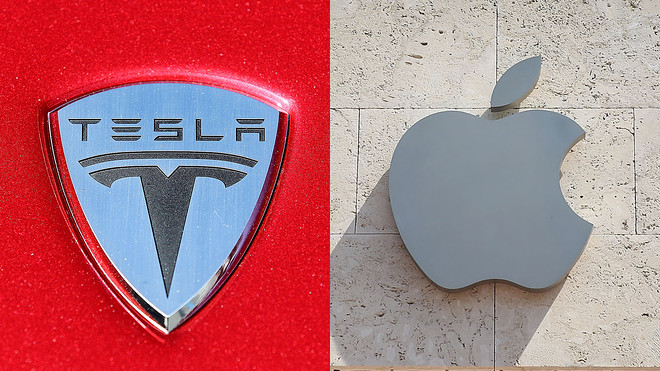
If you have heard about recent major stock splits in the news, such as both Apple and Tesla only months ago, you may be wondering what the effects of these are and their implications. While the term “stock split” may sound daunting, the fundamentals are rather simple. All companies have a total number of shares outstanding, and when a company decides to pursue a stock split, they increase the total number of shares outstanding by issuing more to existing stockholders. It is purely a change on paper and does not follow from any sort of tangible action.
While there are many different configurations for a stock split, the math is generally simple. For example, in a 2-for-1 split where the outstanding share count is 10 million shares, the new outstanding share count is doubled to 20 million. In such a scenario, shareholders are receiving a new share count of two shares for every share they previously held.
If you are grasping the simplicity of the stock split, then understanding a reverse stock split is just as easy. In a reverse stock split, such as 1-for-2, a company is attempting to reduce the total number of outstanding shares. If the number of shares outstanding was 10 million before the reverse 1-for-2 split, then the new outstanding share count is 5 million after the split.
On August 28th, 2020, Apple split its stock on a 4-for-1 basis as its share price was nearing US $400. Assuming a stock price of exactly $400 at the time of the split, each share would be slashed to a price of $100, but an investor would have four times more shares in their brokerage account. Similarly, Tesla announced a 5-for-1 stock split in August 2020. It did so as its share price was approaching a high of US $2,230. The split slashed Tesla’s stock price to US $446 and quintupled stockholders’ share counts. The consequence of such stock splits is to decrease the price of the shares while also increasing the number of shares outstanding.
While reverse stock splits are seemingly not in the news as often as ordinary stock splits, Canada saw its very own Aurora Cannabis conduct a reverse split in May 2020. As a result of the many woes felt by cannabis producers in the nascent industry, Aurora resorted to a reverse split in order to heighten its stock price. To do so, they pursued a drastic 1-for-12 split. While this boosted the then current share price twelve times over, it also divided the holdings of stockholders by 12 times their share count. The effect of such a reverse split is to raise the share price while lowering the total number of outstanding shares.
There are many strategic reasons for a company to do a reverse or ordinary stock split. In the cases of Apple and Tesla, the companies were trying to make owning a share of their respective firms more accessible to smaller investors. When share prices approach and surpass thousands of dollars for a single share, investors with smaller amounts of money (such as many retail investors) become unable to invest. Now that share prices in these two companies have been slashed several times over, investors with only a few thousand dollars to invest can purchase much more than one share. For Apple and Tesla, this may mean an ability to attract new investors who have always wanted to invest, but simply could not afford to pour so much capital into a single share. Apple and Tesla have truly been leaders in this regard, particularly for the tech sector. If you have ever been interested in investing in Amazon, you may be shocked to discover you need a minimum of US $3,200 to purchase a mere single share (as of October 19th, 2020). Many would suggest that Amazon could benefit and attract new investors by making its share price more accessible to smaller investors, as Apple and Tesla have done.
In the case of a reverse split, as has been seen with Aurora, the reasons are often more grim. Aurora was trying to avoid being delisted from the exchanges on which it traded as a result of its battered share price. Most stock exchanges have a minimum dollar value at which a share may trade on the exchange, and if a company’s share price is approaching that figure, the company may utilize the reverse split in order to raise their share price. This is often a feasible alternative to being delisted from an exchange because there are generally no constraints on the allowable number of shares outstanding. However, this saving grace does not come cheaply. In reverse stock splits, liquidity in that particular stock is decreased because there are fewer shares outstanding to be traded. Additionally, the market typically punishes stocks that undergo a reverse split because it signals and reinforces the weaknesses causing the declining stock price to begin with. For Aurora, the cost of the reverse stock split was a 30% decline in the value of its shares within only days after the reverse split.
All in all, stock splits are often utilized by companies who have seen a tremendous increase in share price but may also be used in dire circumstances where a company is struggling. A split, reverse or otherwise, does not affect the total value or market capitalization of the company, but it has a slew of effects that firms can strategically utilize. These splits are just another interesting intersection between law and business.
